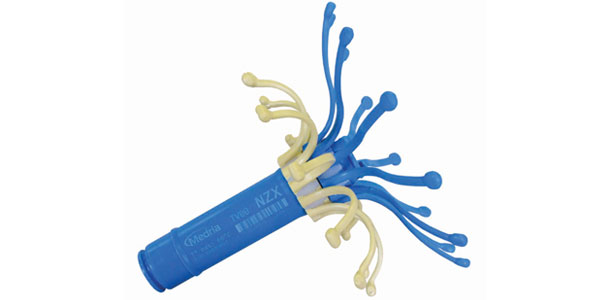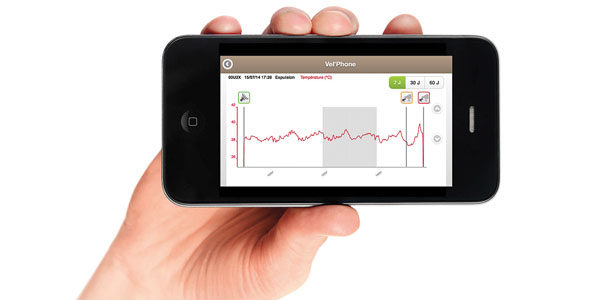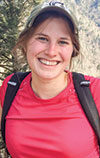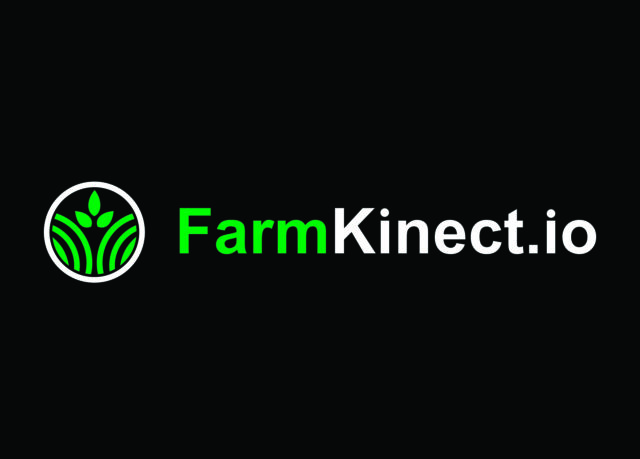From robotic milking systems to precision software, these devices help make maintaining herds more efficient every day. Cell phones, radio waves and thermometers may seem mundane when compared to this list.
However, it is not the items themselves but how one European company has combined them for a new purpose that is notable.
In 2007, Medria, a French agriculture-based telecommunications company producing tools to assist in bovine breeding, introduced Vel’ Phone to the European dairy and beef markets. The system monitors the temperature of a cow or heifer for early detection of calving.
“Many producers underestimate what the true mortality rate on their dairy farms is,” says Paul Meyer, sales and marketing manager for WestGen, a bovine genetics product supplier for Canada’s western provinces. “You’ll often ask a farmer and he will say 1 or 2 percent – and on some farms it really is that low.
When you really look at the national averages in Canada and the U.S., we know it to be closer to 9 to 10 percent.
If calves have a value and you are losing too many of them at birth, especially now that heifer values have gone up again, it becomes an expensive loss – and it is really unnecessary. Transition cow management is critical to success in dairying, and a key part of that is managing the calving process.”
With the detection system, this managing task became much easier. Using a probe, a thermometer is installed in the vagina just behind the cervix approximately seven to 10 days before expected calving.
It is secured by expanding attachments, the size of which is matched with the maturity of the cow. Readings are taken every five minutes and the data transferred to a local radio base up to 200 metres away, then to a central base in France. Here, a logarithm analyzes results and sends text messages at designated times daily to the cellular devices of up to three farm representatives.
When the cow is within 36 to 48 hours of calving, her internal temperature will stop its normal rise and begin to drop. A special alert is sent when the thermometer is expelled with the water bag to let farmers know the cow is entering labour.
The thermometer can be sanitized with chlorhexidine and re-used so that farmers require only enough probes to equip approximately 10 percent of the herd at a time. WestGen retails a unit of one radio base and five sensors for $6,500 and individual sensors for $200. There is also a $20-per-month subscription fee for the phone messaging system.
Emmanuel Mounier, one of Medria’s founders, explained that the product became very valuable to European producers raising Belgian Blue beef cattle. Because cows of this breed cannot calve unassisted, farmers must take regular temperatures at all hours of the day to know when cesarean surgeries must be performed.
“When you have a calving detection system, you can sleep and you will be woken up when it is necessary,” Mounier says. “If you don’t have it, in Europe most of the farmers are waking up in the middle of the night when they know one cow is about to calve, and they will go and see the cow every two hours during the night. At the end of the calving season, they are very, very tired.”
Since Medria began exporting the product three years ago, Canadian producers like Tim Hofstra have also found the value in its reassurance.
Hofstra purchased his system from WestGen, where he serves as a board member. Healthy reproduction is particularly important to Hofstra because he implants embryos four or five times each year and sells genetically elite cows for breeding purposes. He also uses the temperature readings to monitor for milk fever and infection.
“In the past few months we have used [the system], we have already saved a couple of calves: one with a difficult calving coming backwards and one with the afterbirth over the calf’s nose,” Hofstra says. “This is not to say that without the unit they would have not been alive, because we would have been checking, but it gives you peace of mind for when you are needed.”
There are a few obstacles Medria is currently overcoming to improve the product’s proliferation in Canada. One is that on some farms where there are low-hanging florescent lights, the transformers in them generate spurious emissions at a frequency that can interfere with the radio base.
Mounier explained that this is not an issue in European countries as either these transformers are banned or barn ceilings are higher. A second issue faced on dairies in rural areas of Canada is that reliable cell phone service is not always available. Medria is currently working to combat this potential barrier by creating an Internet interface.
Units have already been sold to three Canadian producers since WestGen began marketing the system at the beginning of 2014, and Meyer remains hopeful that it will catch on.
“It is not a product that is flying off the shelf, but at the trade shows during winter months there was a lot of interest in it. So we are following up with those producers who have expressed interest,” Meyer says. “Within the next year, we anticipate that between 25 and 50 will be sold in western Canada. I do think that most producers, having given it an opportunity to work on their farms, would find it of value; it is just a question of how to make it fit within their own varying operations’ calving processes.”
In Europe, the product has been quite successful. In the 10 years since the company’s inception, Medria has sold more than 5,000 radio bases around the world, in France, Spain, Sweden, Italy, Germany, Norway, Poland, the U.K. and Canada. They also have retailers in Chile and are developing markets in Peru and Mexico.
Medria is currently expanding their technology so farmers may utilize their radio bases to monitor other aspects of herd health. A collar equipped with an accelerator measures movement to gauge the proportions of time spent socializing, correlating hyperactivity to the start of a cow’s estrus cycle.
This motion-sensing technology is also being used to record eating and ruminating movements. Temperature-sensing devices like those used for the detection of calving are also useful in the rumen for health monitoring.
“Our first focus was on reproduction, but we know that there cannot be any good reproduction if you don’t have good health,” Mounier says. “And good health is also good nutrition of the cow. So that is why we are starting to expand the capacities of the product.”
Dairies of all sizes throughout the world can benefit from products that ensure the continued genetic viability and health of their herds. But there is also a value in products that preserve the wellness of producers by lessening their workload. Medria’s calving detection system provides farmers with the peace of mind necessary to sleep soundly through the night. PD
Holly Drankhan is a senior at Michigan State University with plans to attend vet school. She is a 2014 Progressive Dairyman editorial intern.
PHOTOS
PHOTO 1: Dairy producers can use their smartphones to monitor individual cow temperatures and be notified within 36 to 48 hours of when calving will occur.
PHOTO 2: This thermometer is installed in the vagina just behind the cervix approximately seven to 10 days before expected calving. It is secured by expanding attachments, the size of which is matched with the maturity of the cow. Photo courtesy of Medria.









